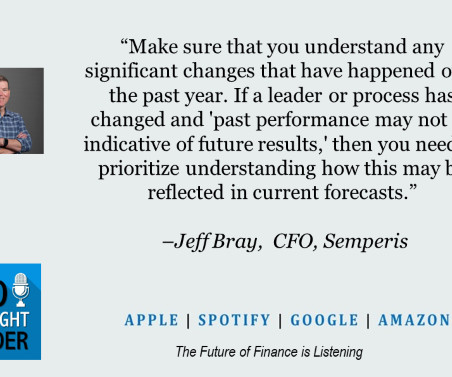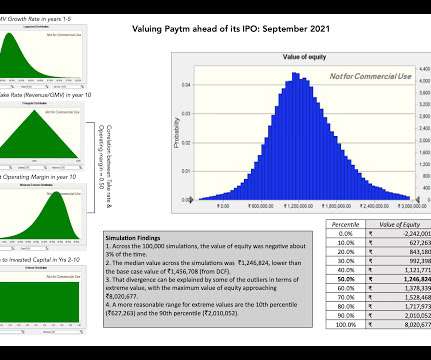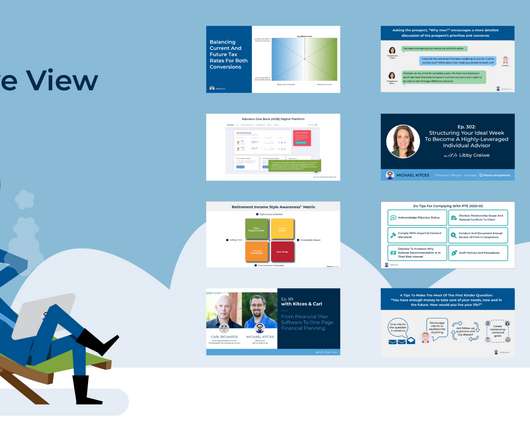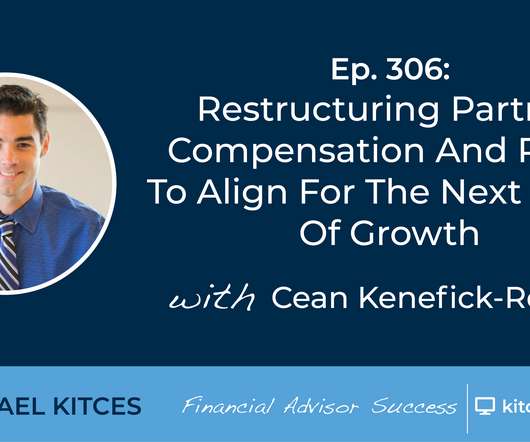Difference between Sales Planning and Revenue Planning
The Finance Weekly
MAY 5, 2024
Leading the growth in almost every company is the sales team. For instance, let's talk about car sales. But, growth isn't just about sales; it's about taking a well-rounded approach that involves everyone in the organization. What is Sales Planning? What is Sales Planning?




















Let's personalize your content